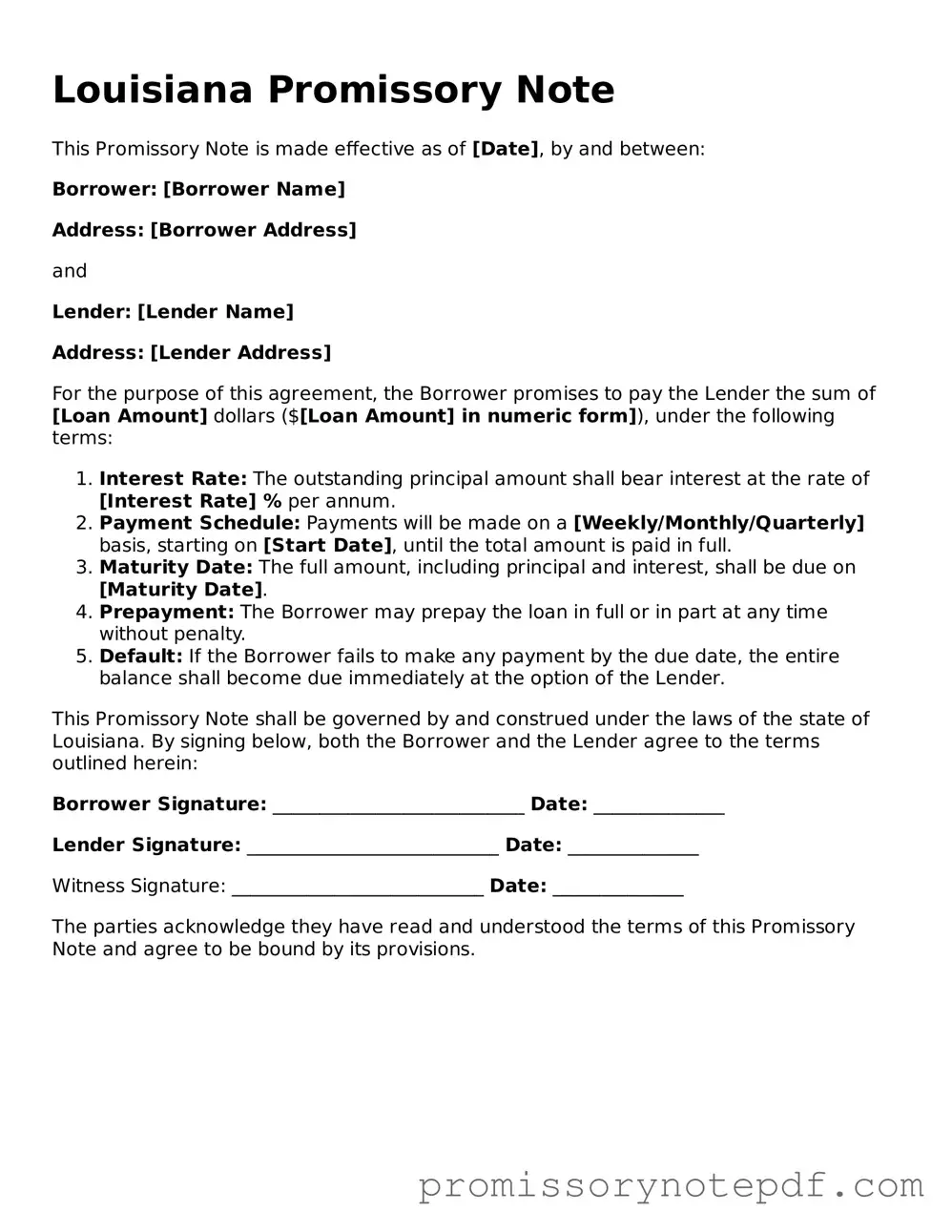A promissory note is a financial instrument that signifies a promise to pay a specific amount of money at a designated time. It shares similarities with various other documents in the realm of financial agreements. One such document is a loan agreement. A loan agreement outlines the terms under which money is borrowed, including the interest rate, repayment schedule, and consequences of default. Like a promissory note, it serves as a legal commitment from the borrower to repay the lender, ensuring both parties are clear on their obligations.
Another document that resembles a promissory note is a mortgage. A mortgage is a type of secured loan where real estate serves as collateral. While a promissory note focuses on the borrower's promise to repay, the mortgage details the rights of the lender to the property if the borrower fails to meet their repayment obligations. Both documents work in tandem to protect the lender's interests while providing the borrower with access to necessary funds.
A personal guarantee is similar to a promissory note in that it involves a commitment to repay a debt. In this case, an individual agrees to be responsible for someone else's debt if that person defaults. Like a promissory note, a personal guarantee provides assurance to the lender that they will receive payment, either from the borrower or the guarantor. This document adds an extra layer of security for lenders, akin to the assurance offered by a promissory note.
A lease agreement also shares characteristics with a promissory note. In a lease, a tenant agrees to pay rent to a landlord over a specified period. Both documents involve a promise to pay a certain amount at regular intervals. While a promissory note relates to borrowed money, a lease agreement pertains to the use of property, yet both serve to formalize financial obligations between parties.
In the realm of business, a commercial paper is another document that parallels a promissory note. Commercial paper is an unsecured, short-term debt instrument issued by corporations to finance their immediate needs. Like a promissory note, it is a written promise to pay a specific sum at a future date. Both documents facilitate the flow of capital, helping businesses manage their cash flow effectively.
A bill of exchange can also be likened to a promissory note. This document involves three parties: the drawer, the drawee, and the payee. The drawer orders the drawee to pay a specified amount to the payee at a future date. While a promissory note is a direct promise from the borrower to the lender, a bill of exchange introduces an additional party and functions similarly in ensuring payment obligations are met.
In the context of student loans, a student loan agreement serves a similar purpose to a promissory note. This document outlines the terms under which a student borrows money for educational expenses. It includes details such as the loan amount, interest rate, and repayment schedule. Both the student loan agreement and promissory note are critical in establishing the borrower’s responsibility to repay the funds received.
Lastly, a credit agreement is comparable to a promissory note. This document outlines the terms and conditions under which a borrower can access credit from a lender. It specifies the credit limit, interest rates, and repayment terms. Like a promissory note, a credit agreement formalizes the borrower's commitment to repay the borrowed funds, ensuring both parties understand their rights and responsibilities.
